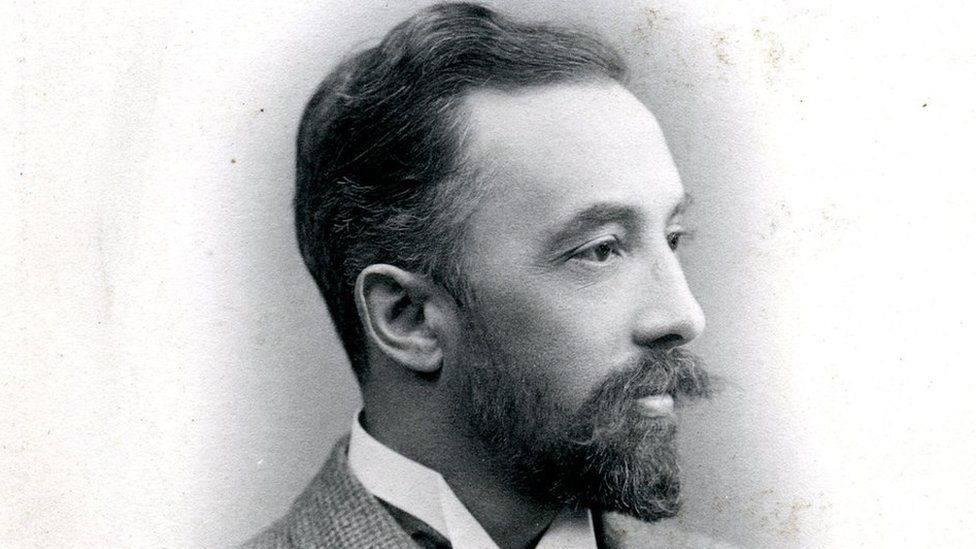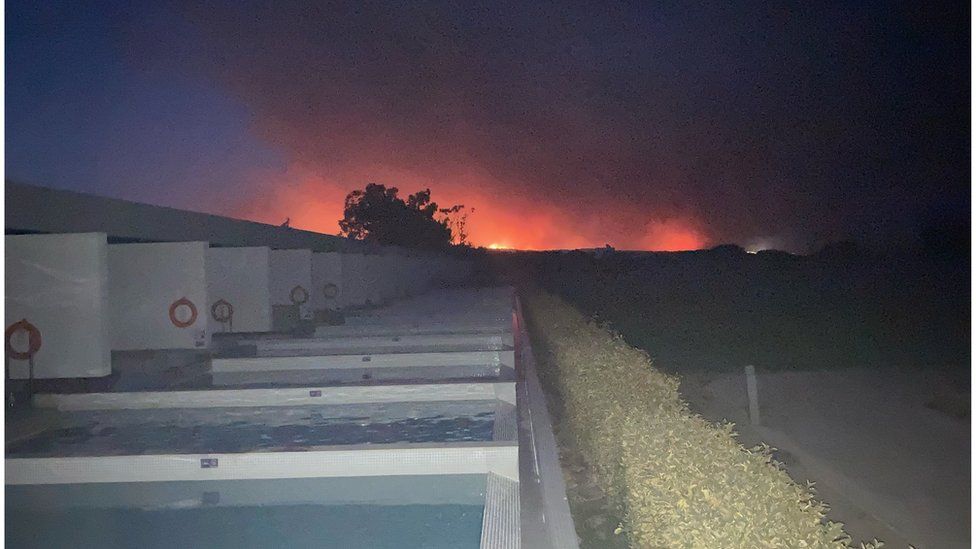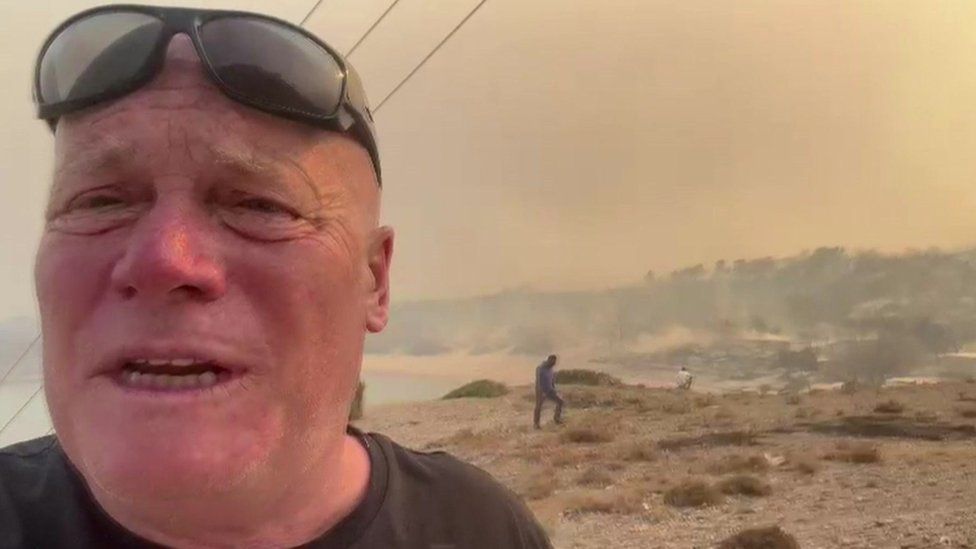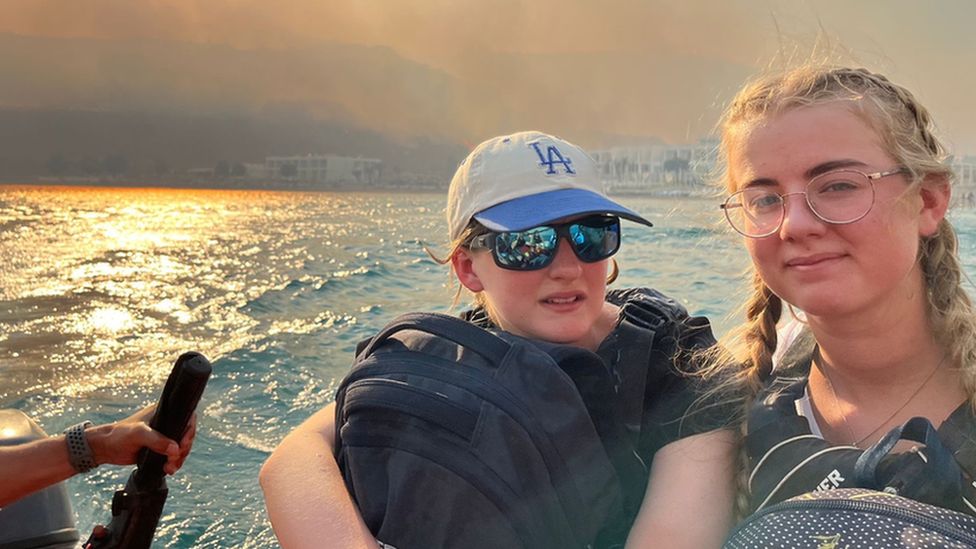A Bengal-born British engineer who dreamed up an unrealized underground railway for the city more than a century ago is unlikely to come to commuters' minds when they board India's first underwater train later this year in Kolkata (formerly Calcutta).
To connect Kolkata and its twin city, Howrah, Sir Harley Dalrymple-Hay envisioned a lengthy underground railway system with 10 stops, a tunnel under the Hooghly River, and a distance of 10 points 6 kilometers (6 points 5 miles). This ambitious plan, however, was never carried out because of a lack of funding and concerns about the soil's geological characteristics.
Finally, Kolkata received a metro railway in October 1984, making it the first city in India to do so. From being only 3 point 4 km long and having five stations, it has grown to a busy, 31 km network with 26 stations, half of which are underground. The metro will now open its first underwater section, which will cross the Hooghly, in December.
The metro rail's 4.8 km (2.98 mile) stretch between Kolkata and Howrah includes the twin tunnels under the river, each of which is 520 meters long. When it opens, it will serve more than 3,000 commuters every hour and is located 52 feet below the riverbed.
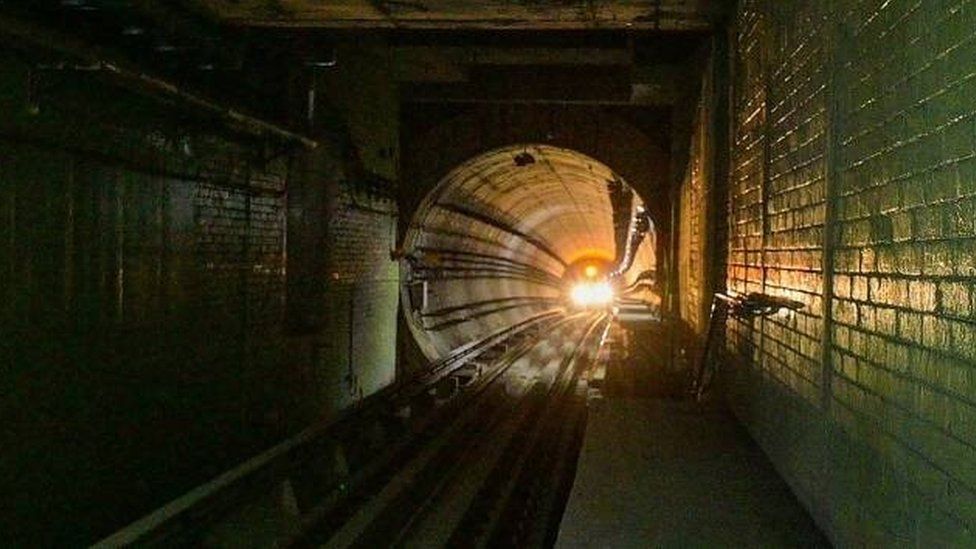
This metro line's underwater section is a part of a larger, almost identically designed link that runs from Howrah to Salt Lake in eastern Kolkata.
But instead of just designing one metro line, Sir Harley created a comprehensive underground masterplan for Kolkata that included lines that went far to the north and far to the south of the city's center.
He covered all of this in his book Calcutta Tube Railways. A wealth of intricate, delicately tinted maps of Kolkata, plans for the envisioned metro lines, and thorough cost estimates for the tube rail are all included in this publication.
The engineer suggested that escalators and fans be installed at each station. The larger issue of maintaining a comfortable temperature in trains and at underground stations is of the utmost importance, especially in light of the high temperatures at the surface during specific times of the year in Calcutta, Sir Harley wrote. .
Underground railways were already operational in London, Paris, and New York when Sir Harley conceived of his Kolkata plan.
In London, between Paddington (then known as Bishop's Road) and Farringdon Street, the Metropolitan Railway unveiled the first underground railway in history on January 10, 1863.

The Thames Tunnel, the first under-river tunnel in the world, was constructed by Sir Marc Brunel and his son Isambard to allow cargo to be transported beneath the congested river. It opened to traffic in January 1943. But because they were short on funds, it initially only served as a pedestrian attraction. But by 1921, at least ten tunnels under the Thames were in use for utilities, roads, pedestrians, and, primarily, the Tube. .
So, in many ways, when Sir Harley designed the tunnel under the Hooghly in Kolkata in 1921, it was not a big deal.
He was born in 1861 in West Bengal's Birbhum district, attended engineering school in Edinburgh, and then joined the London Underground. He performed work on the Piccadilly line, the Hampstead tube, and the Bakerloo line. Sir Harley was hired in 1921 after the Imperial Legislative Council, which was in charge of British India at the time, mandated the construction of a tube rail in Kolkata.
Although Kolkata was no longer the seat of the British Raj, it was still a bustling commercial center. Howrah had an abundance of factories. To work in the two cities, people descended in droves from all over India. However, there were few public transportation options; at the time, a pontoon bridge over the Hooghly served as the only road connection between Kolkata and Howrah. Also, commuters would use boats to cross the river. It took until 1943 for the renowned Howrah Bridge to open.
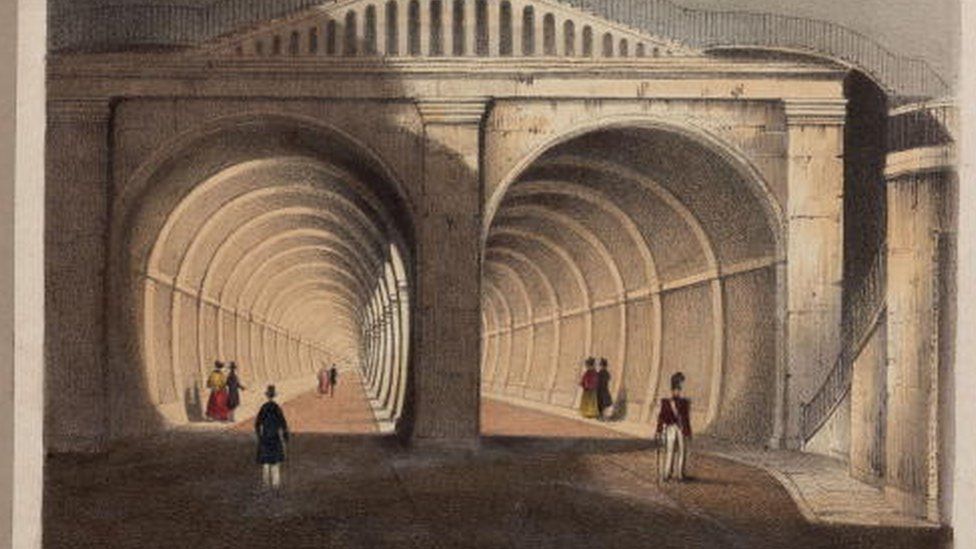
Without ever having visited Kolkata, Sir Harley designed the city's tube rail. In order for him to report on the issue of building a tube railway in Calcutta and the neighboring municipality of Howrah, he dispatched an assistant "to obtain all necessary information and to make such inquiries.".
Initially, Bagmari, a neighborhood in eastern Kolkata, was intended to be connected to Benaras Road in Howrah by Sir Harley's proposed network.
The metro proved to be too expensive to finance, though, with a projected cost of £3.5m.
The end of the city's hopes for a tube rail system was reported on the front page of The Calcutta Municipal Gazette in December 1947.
An overhead railway was considered to be the best option given the costs involved, according to a municipal council member who spoke after the meeting. The feasibility of building a tunnel under the Hooghly was also questioned due to Kolkata's "alluvial, clayey, and lazy" soil.
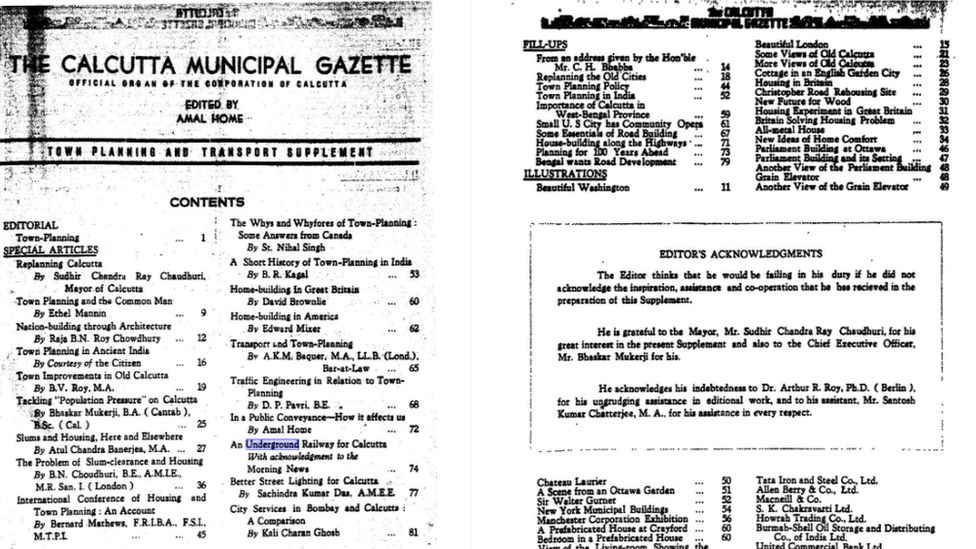
The ambitious plan for India's first underwater railway was thus finally abandoned.
Sir Harley left his mark on Kolkata even though his tube rail plan was never implemented. In order to send power cables from Kolkata to Howrah, the city's electricity supply company, CESC, asked him to construct a tunnel under the Hooghly in 1928. He agreed to accept the challenge if CESC hired a contractor he could trust. As a result of CESC's approval, Kolkata's first underwater tunnel was built in 1931.
The Hooghly tunnel dug by Sir Harley is still in use today. Just that no trains travel through it; only power cables.
Independent journalist based in Kolkata, Monideepa Banerjie.
the YouTube channel for BBC News India. Click . here. to subscribe and watch our explainers, features, and documentaries.

